Enter a surname, town name or other keyword to search the database. Remember to
allow for the different spellings of 'Mc' and 'Mac.' Good luck!
{Search tips: Use single word search terms for more results}
You must enter some valid character(s) into the search field
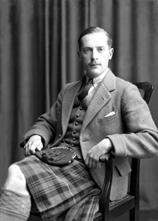
Reference: 32057c
Mr Argyll Robertson, The Depot...
|
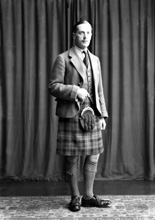
Reference: 32057b
Mr Argyll Robertson, The Depot...
|
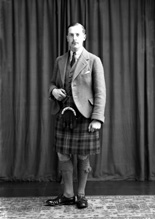
Reference: 32057a
Mr Argyll Robertson, The Depot...
|
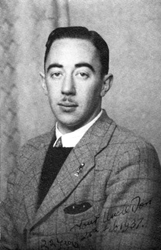
Reference: fmg05
Donald MacGregor, younger brot...
|
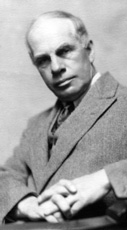
Reference: 27366d
Sir David Young Cameron (1865-...
|
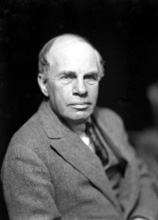
Reference: 27366c
Sir David Young Cameron (1865-...
|
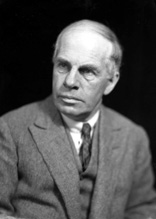
Reference: 27366b
Sir David Young Cameron (1865-...
|
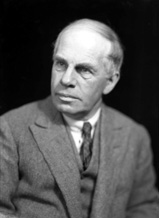
Reference: 27366a
Sir David Young Cameron (1865-...
|
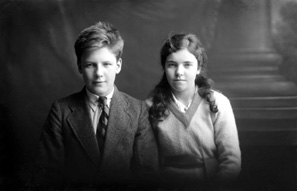
Reference: 23126d
Miss Dorothy Paterson, Kenneth...
|
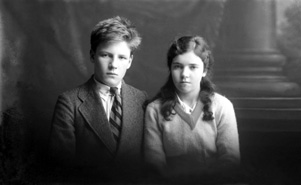
Reference: 23126c
Miss Dorothy Paterson, Kenneth...
|
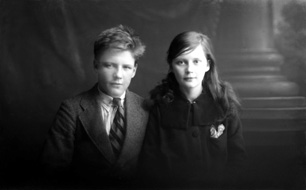
Reference: 23126b
Miss Paterson, Kenneth Street,...
|
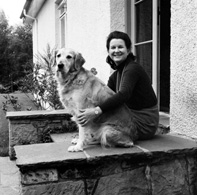
Reference: 48259c
Mrs David Young, Culloden. ...
|